Lectures and panel discussion
Time: 22 October 2015, 7 pm
Place: Transborder Studio, Gøteborggata 27 B
Day Seminar (limited places)
Time: 22 October 2015, 10 am – 16 am
Place: AHO, Maridalsveien 29
Curator: Marc Brossa
Speakers: Jelena Prokopljević, Dongwoo Yim, Valérie Gelézeau and Marc Brossa
Panel moderator: Hyungmin Pai
The mass housing estates of Pyongyang and Seoul share many similarities despite their radically opposed political regimes. How can the building of modern national identities in such antagonistic political and economical systems produce such similar architectural outcomes? How do national narratives and political ideologies manifest themselves in the production of spaces for everyday life?
0047 opens its pop-up fall program with part of the research and curator team behind last years Korean Pavilion at the 14.th Intl. Architecture Biennale in Venice, which was awarded the Golden Lion. The seminar and panel discussion will focus on the production of mass housing in North and South Korea, in order to discuss the relationship between ideological discourse, social intention and urban and architectural form.
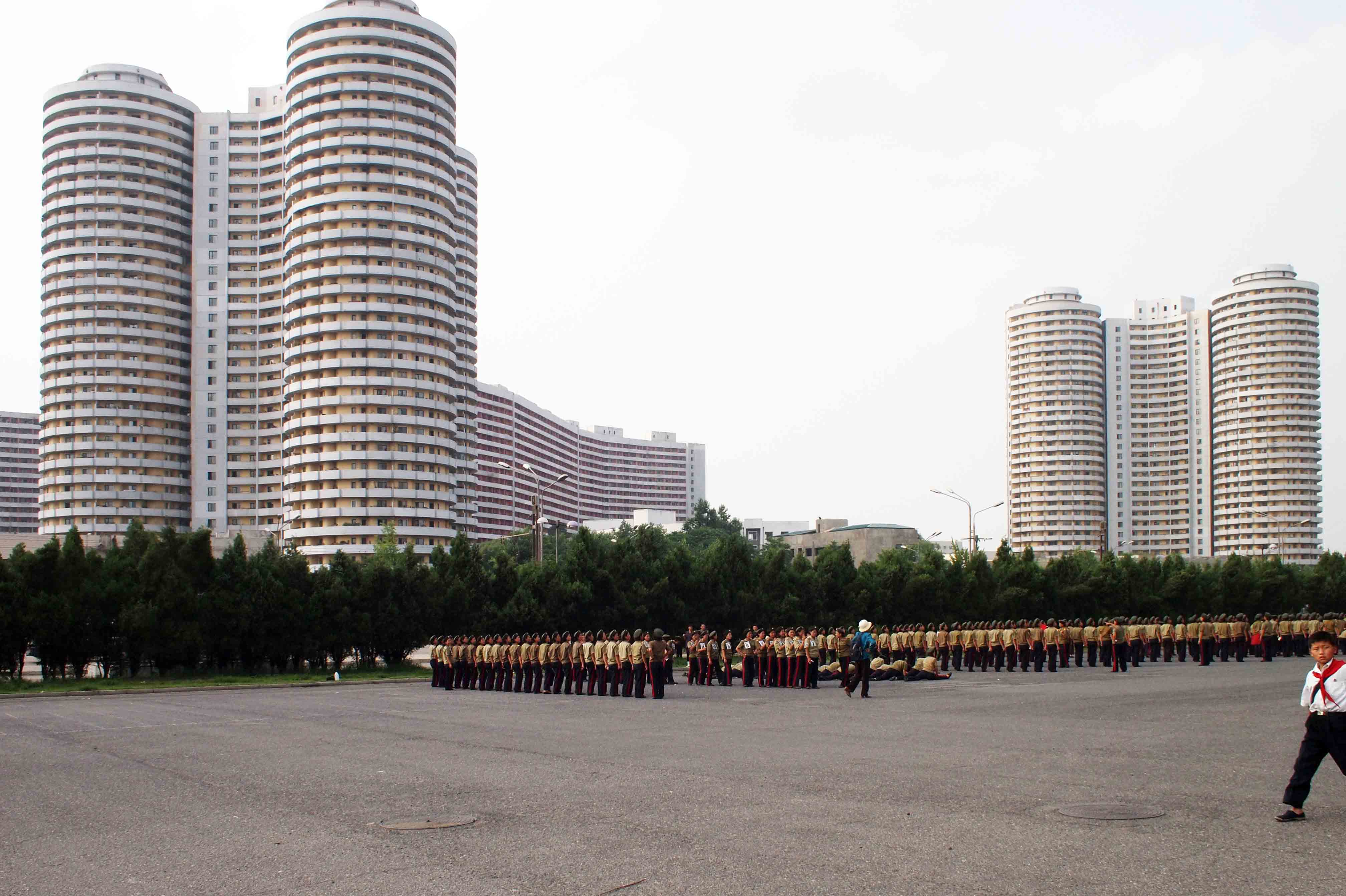
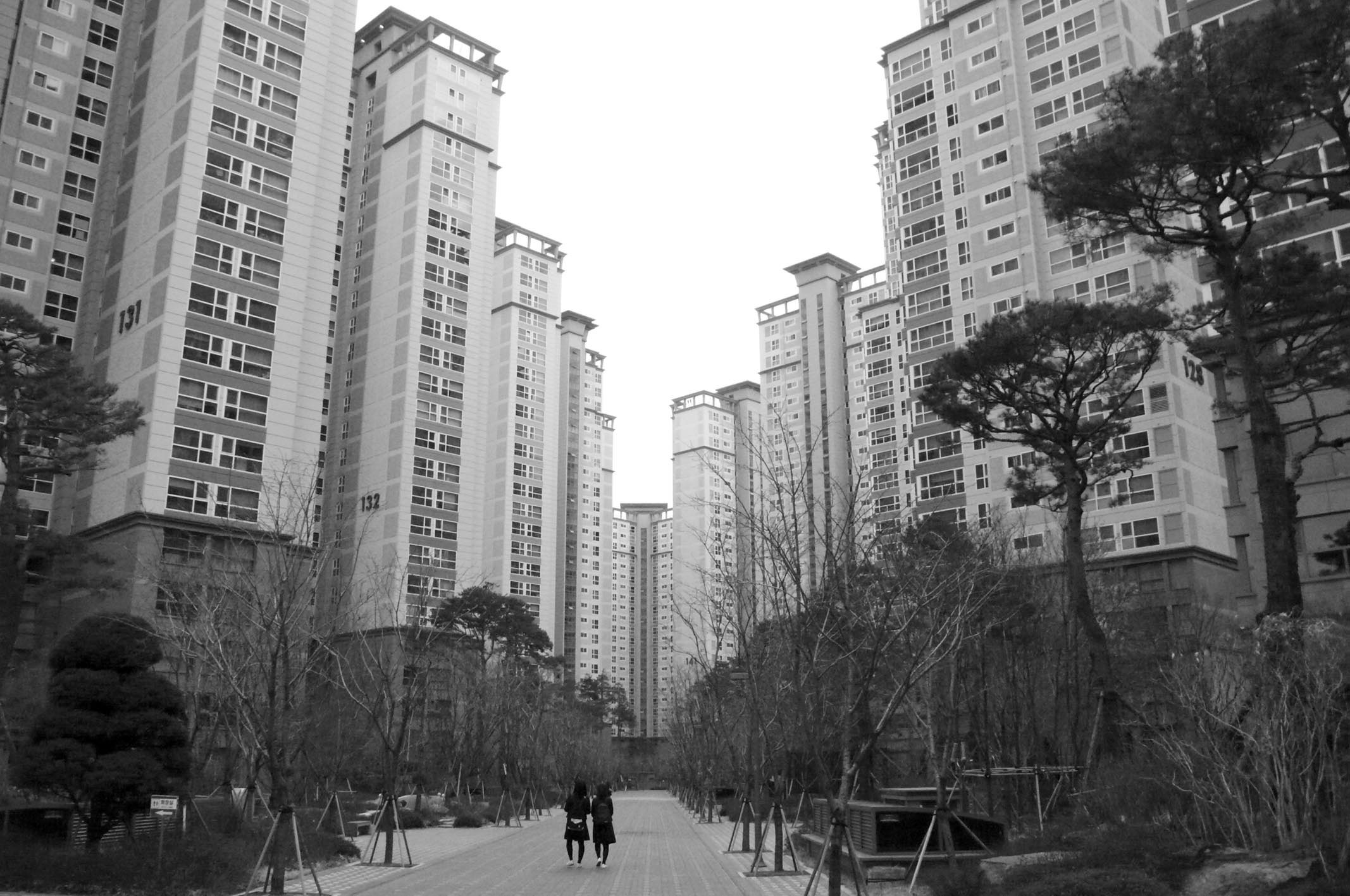

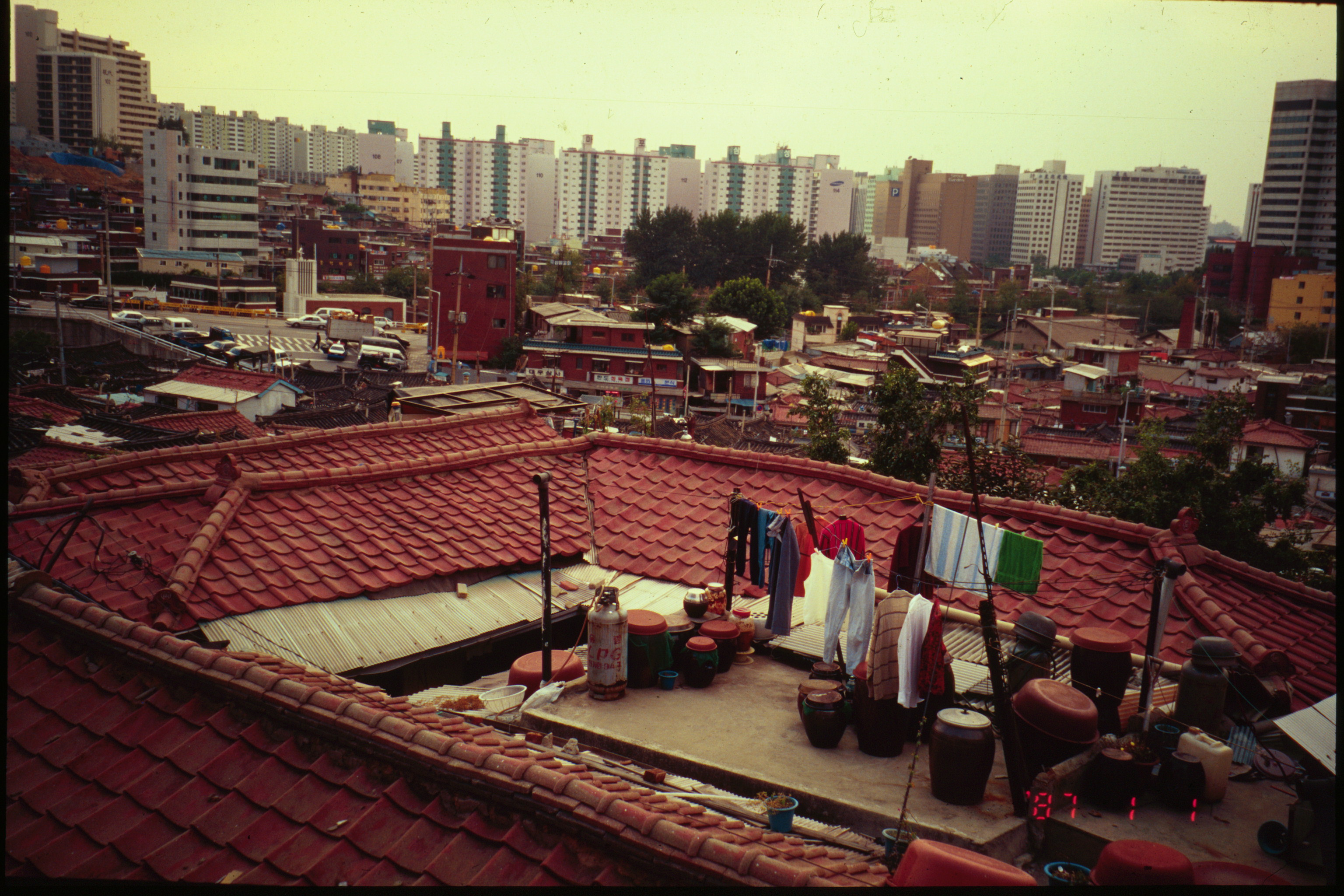
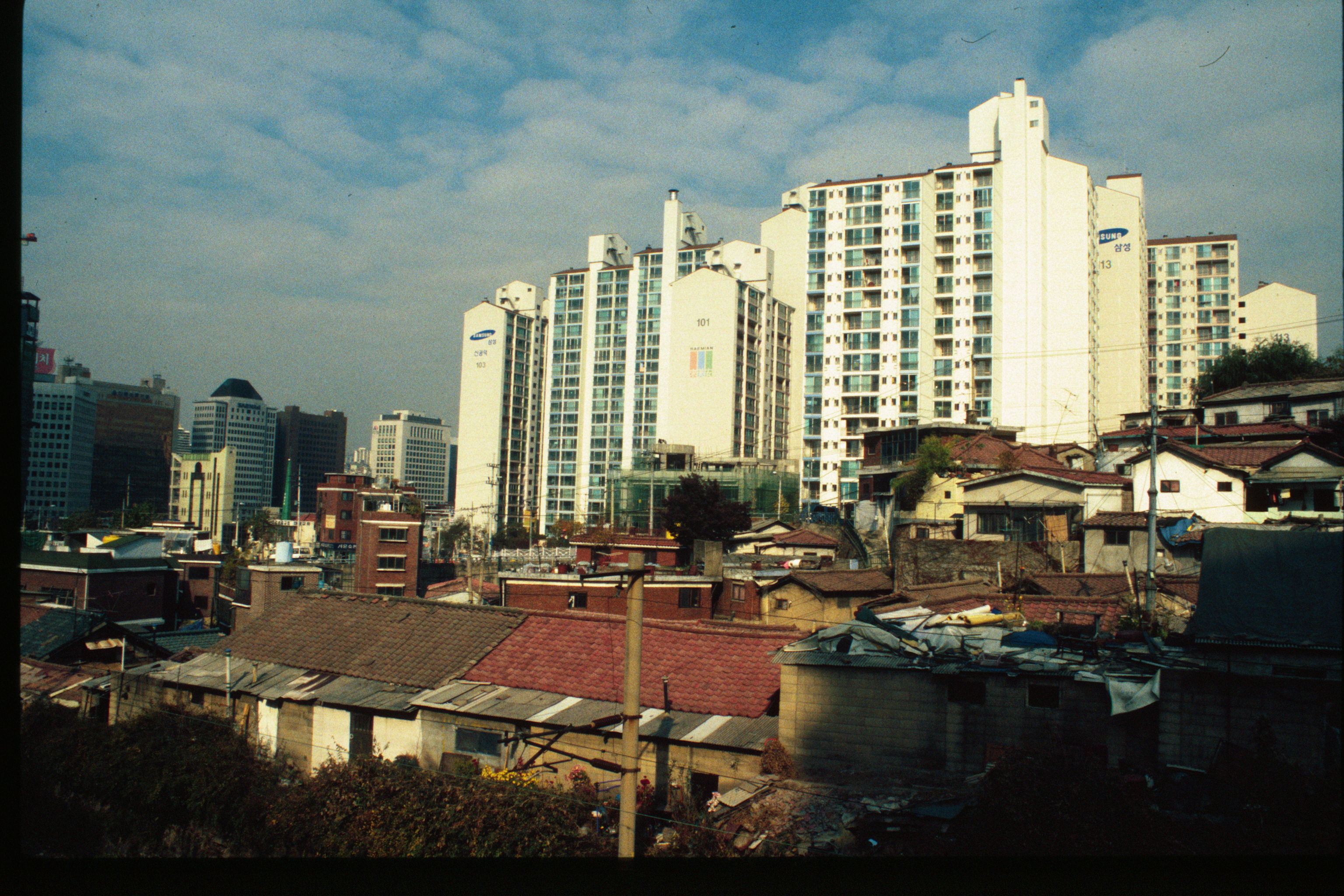
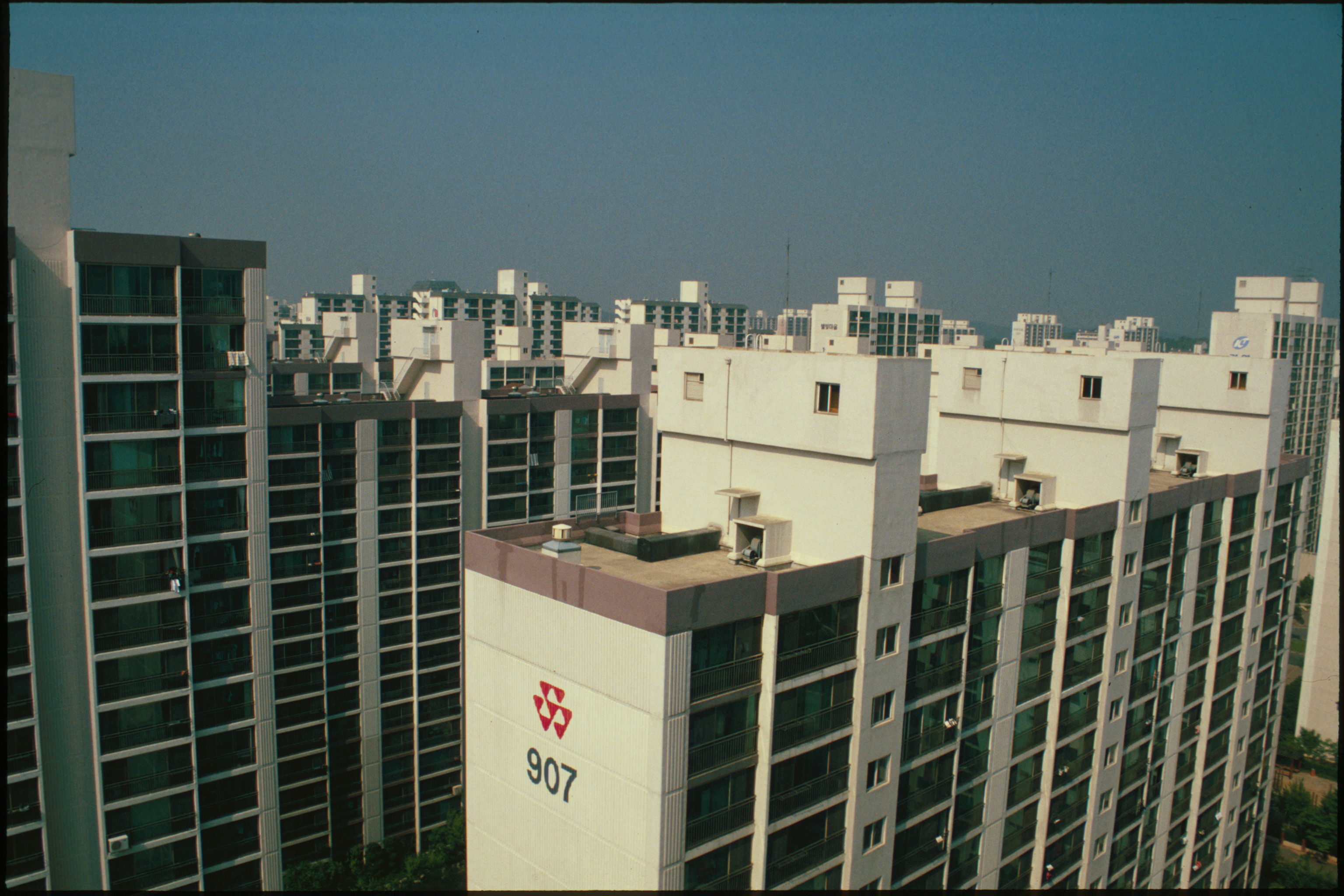
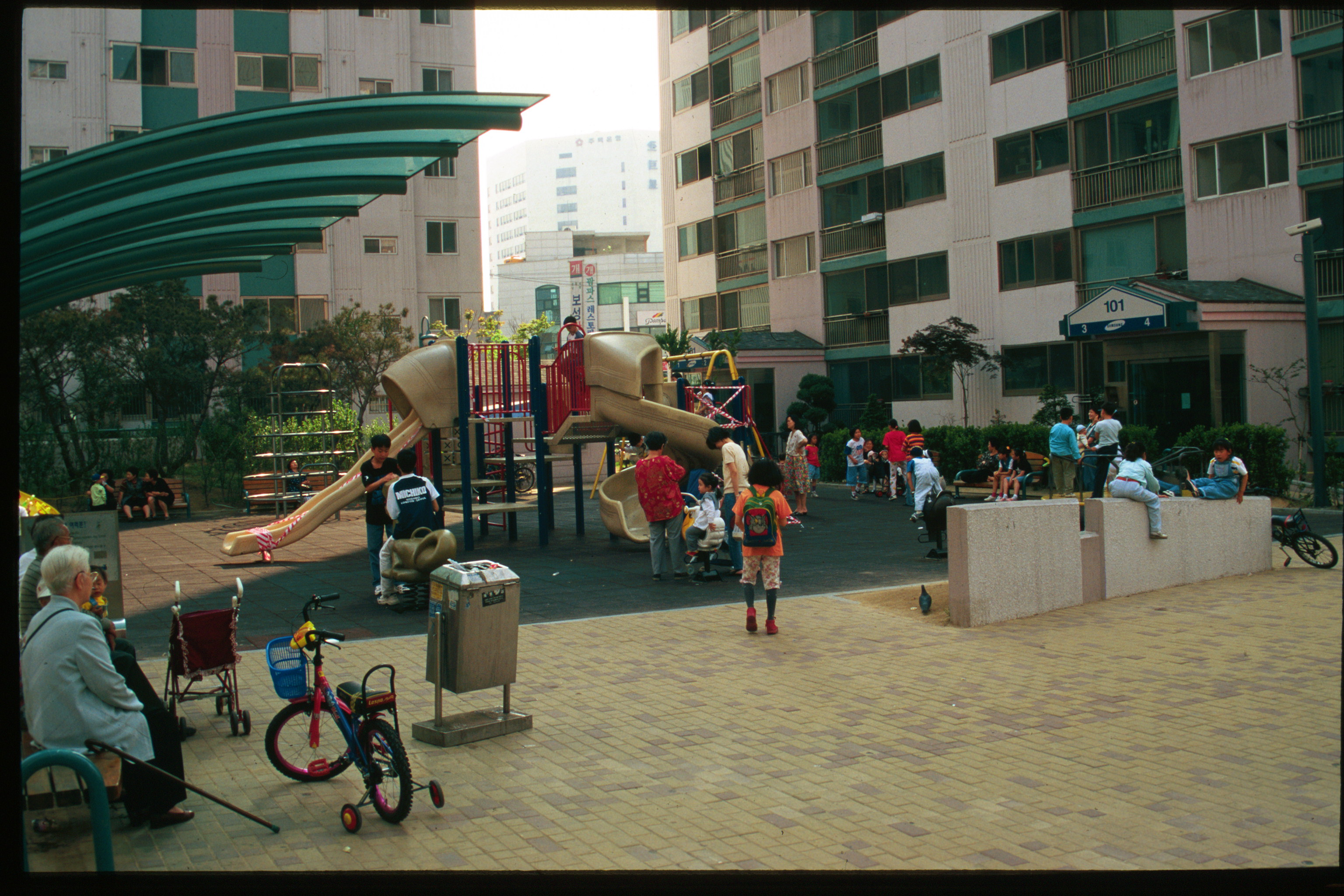
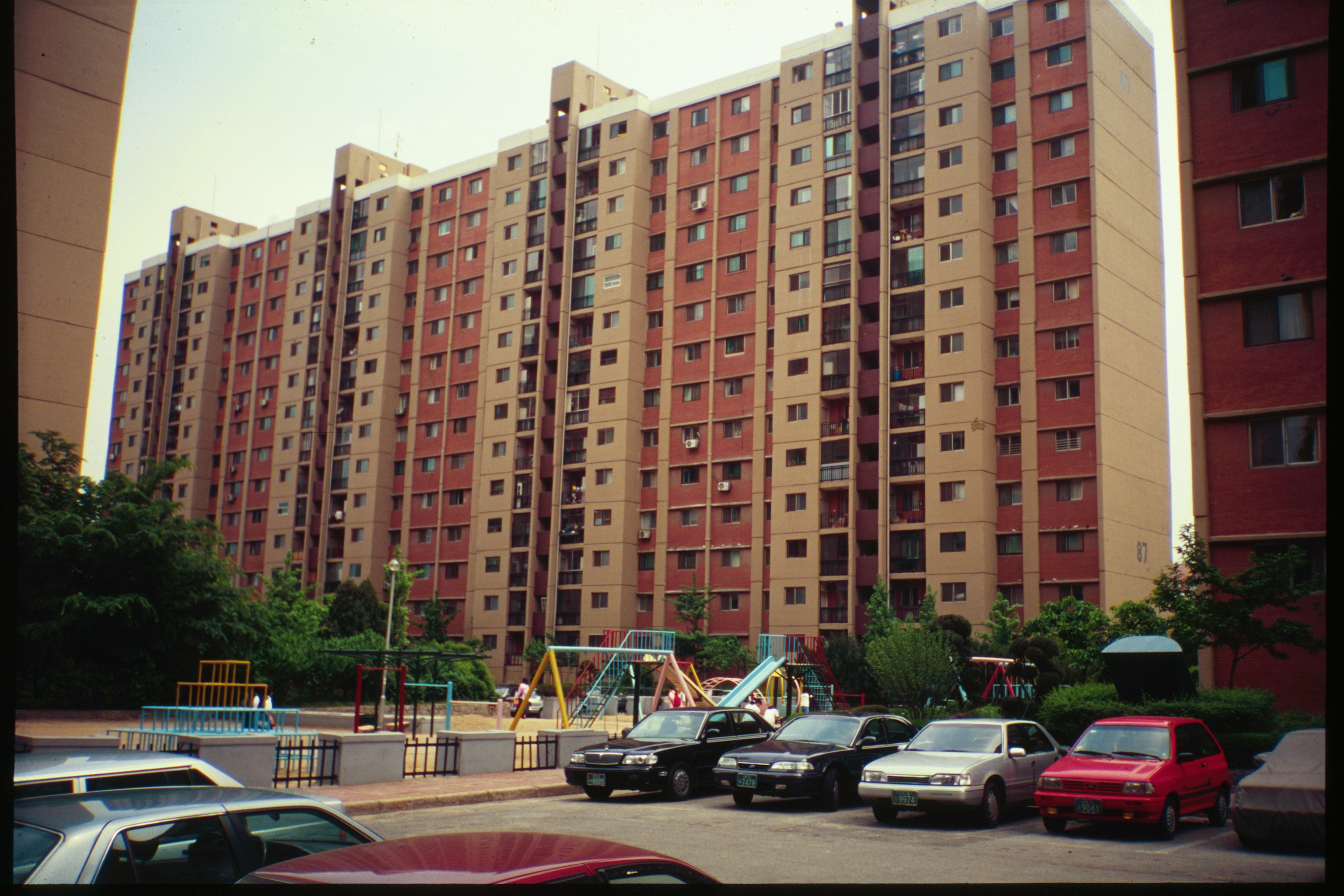
Kim Il Sung and Kim Jong Il visiting newly built residential Kwangbok Avenue. Picture from the book “Pyongyang Panorama”, Pyongyang, Foreign Languages Publishing House, 1995
Pyongyang Apartments, Dongwoo Yim
Xi Apartments, Banpo, Seoul, Marc Brossa, 2010
Kim Jong Un visiting the construction site of the residential Mirae Scientists’ Street, Rodong Sinmun, 2015
View from an urban renewal district in Mapo (Seoul), Valérie Gelézeau, 1994
The urban renewal district after renovation (Samsung apartments), Valérie Gelézeau, 2000
Koorong Apartment in Ilsan New Town, Valérie Gelézeau, 1999
Playground in Samsung Apartment (Mapo), Valérie Gelézeau, 1996
Apgujeong Hyundai Apartments in Gangnam, Valérie Gelézeau, 1996
The division of the Korean peninsula after the Korean War (1950-53) gave birth to two nations with radically opposed world views and political systems. In their post-War development, both North and South regimes adopted modern mass housing paradigms widely tested elsewhere during post -WWII reconstruction. These same socio-economic policies, building solutions, and construction systems were instrumentalized as propagandistic machines on both sides of the Demilitarized Zone. The process of physical reconstruction after the devastation of the Korean War coincided with the building of new national identities, in many ways dependent on political alliances and foreign economic aid. These identities were also reflected in the production of domestic space.
The seminar “Building the Everyday Utopia” will address the wide range of architectural issues in the large collective housing complexes built between 1960 and 2012 in North and South Korea. It asks what are the differences and similarities between North and South Korea? What types of habitats, what communities and what social ideals have they fostered? It assesses their contribution to the process of diffusion and absorption of universal modern paradigms and aims to reposition them within the legacy of modern mass housing.
Program
22 October 2015
AHO
10:00 Introduction by Pai Hyungmin
10:20 First double-session (Pyongyang)
10:20 “Monumentalizing the everyday” Jelena Prokopljević
11:10 “Micro district and housing typology in North Korea” Dongwoo Yim
12:00 Q&A
12:30 Lunch
13:30 Second double-session (Seoul)
13:30 “Emergence of a ‘Republic of Apartments’” Valérie Gelézeau
14:20 “Housing the Miracle on the Han River” Marc Brossa
15:10 Q&A
0047
18:30 Mingle, wine, welcome
19:00 Introductory words by Øystein Rø, Marc Brossa and Hyungmin Pai
19:20 Lectures 4×15 min:
Jelena Prokopljević, Dongwoo Yim, Valérie Gelézeau, Marc Brossa
20:20 Panel discussion
20:50 Q&A
Seminar Topics
Monumentalizing the Everyday. The Role of Mass Housing in the North Korean Ideological Discourse.
Jelena Prokopljević (Belgrade, 1972)
Kim Il Sung liked to repeat his triple promise: that he wouldn’t rest until all North Koreans could eat every day a rice and meat soup, wear silk clothes and live in houses with tiled roofs. The massive destruction of the country, symbolized by the virtual disappearance of Pyongyang at the end of the Korean War, made the housing construction the top priority form an important part of economic plans, as well as of the paternalistic official discourse (housing as gift out of love of Leader) and defining the architectural image of the cities. Between 1954 and 1969, 600,000 homes were built until 1969 other 800,000, with the goal of building a million during the decade of the 70s. Starting with the Chollima Avenue (completed in 1975) high rise construction started to mark the Pyongyang skyline presenting many variations in typology, forms and scale as ways of summing up the residential complexes with the great works of the regime.
Residential construction was used to strengthen ties between socialist countries and gain international support in the early years of the post Korean War period or to seek allies in the years of post-Cold War. The change of the dominant building system in the USSR towards the prefabricated construction in the late 1950s, caused political earthquakes and purges in the DPRK party leadership, culminating in destruction of the entire neighborhood of Ryuhwanson Street (built in the 50s) by order of Kim Jong Il. My intervention aims to explain through examples, the interconnections between the massive residential construction and the political-ideological discourse that situates housing at the same level with the monumental and representative construction with frequent interventions of leaders in the projects or construction process and inaugurations of residential complexes.
Housing the Miracle on the Han River
Marc Brossa (Barcelona, 1973)
Within a period of thirty years -between 1960 and 1990-, the population of Seoul increased from 3 million to 11 million. This demographic explosion was accompanied by an unprecedented economic growth that transformed South Korea from one of the poorest countries at the end of the Korean War (1951-53), to one of the members of the G20 group: the so-called ‘miracle on the Han River’. This economic boom, the demographic explosion and the related modernization efforts also brought about a massive urbanization process.
The mass housing estates developed during the second half of the XXth century in the capital are not just a passive result of this process but an active engine of the urban transformation and economic growth. The role of mass housing within this urban machinery was to provide the most prosaic form of shelter in order to solve the decades-long chronic housing deficiency; but also to finance the administration and to support the emergence and growth of the large construction conglomerates. The gradual establishment of the parameters ruling the organization of housing estates occurred in parallel to the emergence of a consumer society, to the appearance of a new urban middle class, to the standardization of modern lifestyles and to the urban shift from a modest colonial city to a metropolitan area. A social engineering process was quickly set in place in order to change people’s traditional housing preferences for single-storey buildings, to the point that in 2013 there were 2,098 apartment complexes in Seoul, accounting for up to 56,607 apartment buildings containing 1,284,359 units. It is estimated that these estates are home to 53% of the population of the capital.
The presentation looks at how these housing estates function as the building blocks of a modern project of city-making, in order to provide an approach to Korean contemporary society through its most representative spatial production.
Micro District and Housing Typology in North Korea
Dongwoo Yim (Toronto, 1973)
Similar to Clarence Perry’s Neighborhood unit concept, micro-district is the socialist city’s concept to structure the residential districts along with various amenities such as service facilities, schools, civic programs, and so on. However, there is a unique element in micro-district; production facility. To address spatial equality and to keep the close distance between work and live place, micro-districting implemented light factories and workshops along with housing. North Korea also adopted this idea to develop a selfsustainable unit, so that each district, in theory, can sustain itself without relying on the others.
Along with the micro-district, there are different types of housing developed; high-rise, mid-rise and rural type. High-rise typology is often seen only in Pyongyang, the capital of North Korea, with a strong formal architectural gesture. It was first introduced to the city to accommodate new residents in the 1980s, when Pyongyang had fast growth in population, and was recently readdressed within the city with higher quality interiors. Linear type mid-rise apartments are often used to construct perspectival effect along the major boulevards. Many of them were developed in the 1960s and the 1970s, and in many cases, this typology is used to form housing blocks that follow the rule of micro-district, and therefore, it is easy to find production facilities, schools and service amenities along with this type. Lastly, the town house and single family types are developed for rural areas, one or two stories high. Recently, many environmentally friendly elements, such as solar panel, wind mill, or green house, are implemented to these rural types, as an idea of future typology, though not realized yet.
Emergence of a “Republic of Apartments”: Mass Housing as the South Korean Middle Class Production Factory?
Valérie Gelézeau (Paris, 1967)
Largely unknown to city-dwellers before the 1960s, large apartment complexes (ap’at’ŭ tanji) are powerfully shaping the landscapes of contemporary South Korean cities. Some are now being memorialized by artists, planners or citizen themselves. How did apparently western-style housing blocks migrate to Korea on such a large scale? To what extend do they reflect the power relations between the global and the local in South Korean cities? What is currently at stake regarding the future of apartments in the contemporary post-industrial Korean society? Combining the perspective of cultural geography and Korean studies, and using ethnographic materials gathered on sites studied since the mid-1990s (in downtown Seoul) or new ones in the making (Songdo), the lecture will address those issues regarding the significance of South Korea as a “Republic of Apartments” (ap’at’ŭ konghwaguk), where apartment complexes have been the main architectural mediation of the Korean society to its urban modernity. Mass housing is highly connected with culture and social representation, social trajectories and the lecture will thus specifically address the social and cultural issues regarding the development of mass housing in South Korea.
The first part will address the question of the various origins (the sources) of the ap’at’ŭ tanji model, which appear to be the product of what I call a “hybrid modernism”. Applied at a massive scale in a context of severe urban growth and social transformations, it allowed large scale population control in Seoul, which is one important aspect of the social issue regarding apartments. The lecture discusses how the apartments literally “manufactured” (created, constructed) not only modern Korean cityscape but also the modern South Korean urban society, by focusing on the process to which they became, as I say, “an urban middle class production factory”.
The lecture concludes how the apartments were much more than the outcome and matrix of the so-called “miracle on the Han”. The construction of tanji was an important market for the construction industry, itself central to Korea’s industrial sector, and its associated services (architecture, urbanism and city planning) provided the middle class and upper-middle class with many jobs, as well as homes, in the form of apartments. The price-controls associated with the lottery system as late as 1995-1998 enabled the more solvent segments of the population to increase their wealth; the apartments seemed to manufacture members of the middle and upper-middle class. Lastly, the apartments provided this social group with symbols by which to recognize their social standing, exactly at the moment when the rural exodus disturbed, if not destroyed, traditional identity referents – for example, the importance of the birth-village (kohyang).
In short, the apartments have been the major mediation to the social and cultural transformation of the Korean society into its urban modernity.
Bios
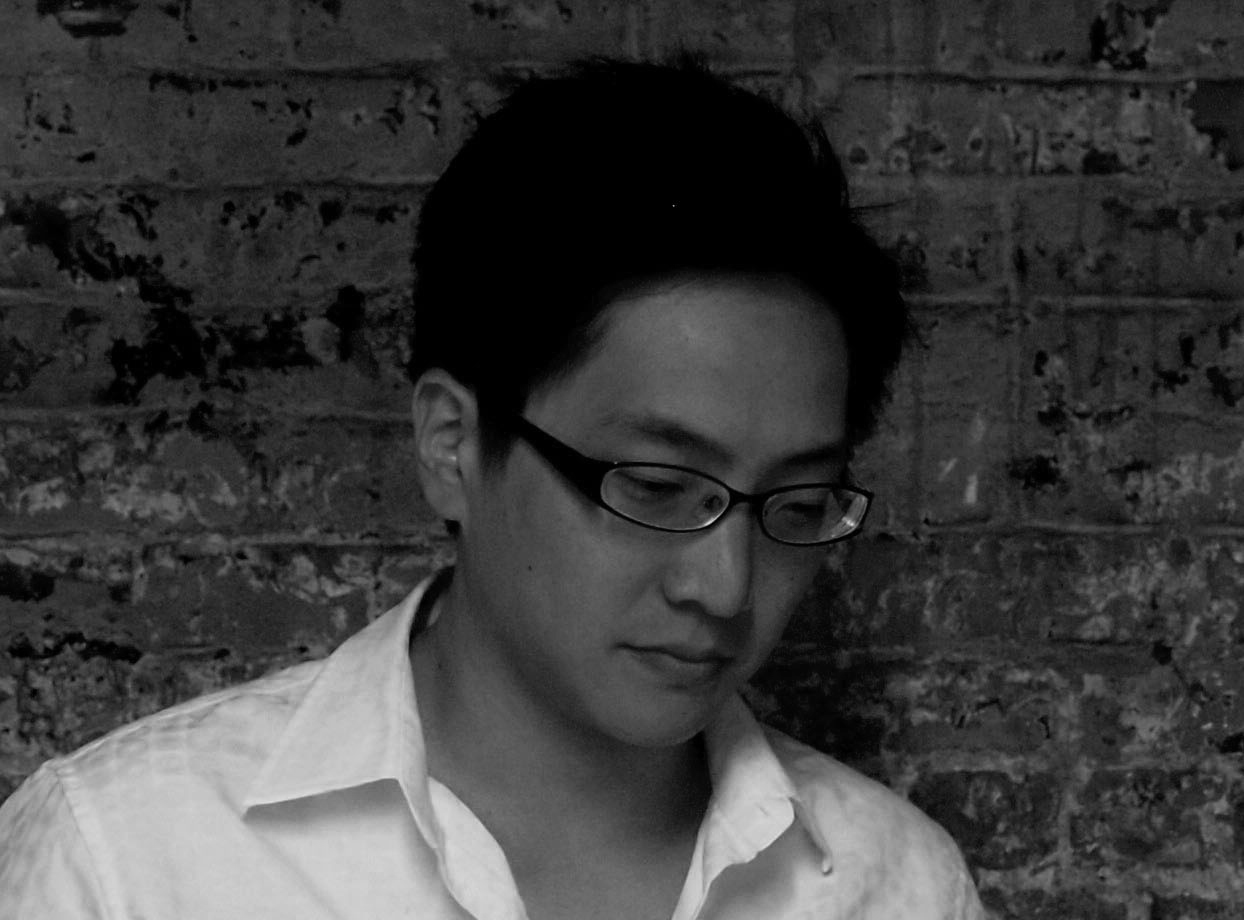
DONGWOO YIM
(Toronto, 1973)
Dongwoo Yim is the author and editor of the “North Korean Atlas”, the principal and co-founder of architecture and research firm PRAUD, based in Boston and Seoul. He received a Master of Architecture in Urban Design at Graduate School of Design (GSD), Harvard University, and a bachelor’s degree at Seoul National University.
Dongwoo is since 2011 a faculty member of Rhode Island School of Design, where he teaches seminar and design studios. His research focuses on integral urbanism and architectural typologies that catalyze urban transformation in various urban scales. He is the award winner of Architectural League Prize 2013, and is the author of “Pyongyang, and Pyongyang After” (Hyohyung Publishing), co-author of “Hamhung and Pyongsung” (Hanul Publisher) and “I Want to be METROPOLITAN” (ORO Editions). His works have been published and exhibited world wide including Museum of Modern Art New York, International Architecture Biennale Rotterdam, the Korean Pavilion in the Venice Biennale of Architecture 2014, and Design Center Seoul. He has lectured at Harvard University, Freie Universität Berlin, Dartmouth College, China Academy of Art, University of Queensland, Seoul National University and Youngchoo Forum amongst others.
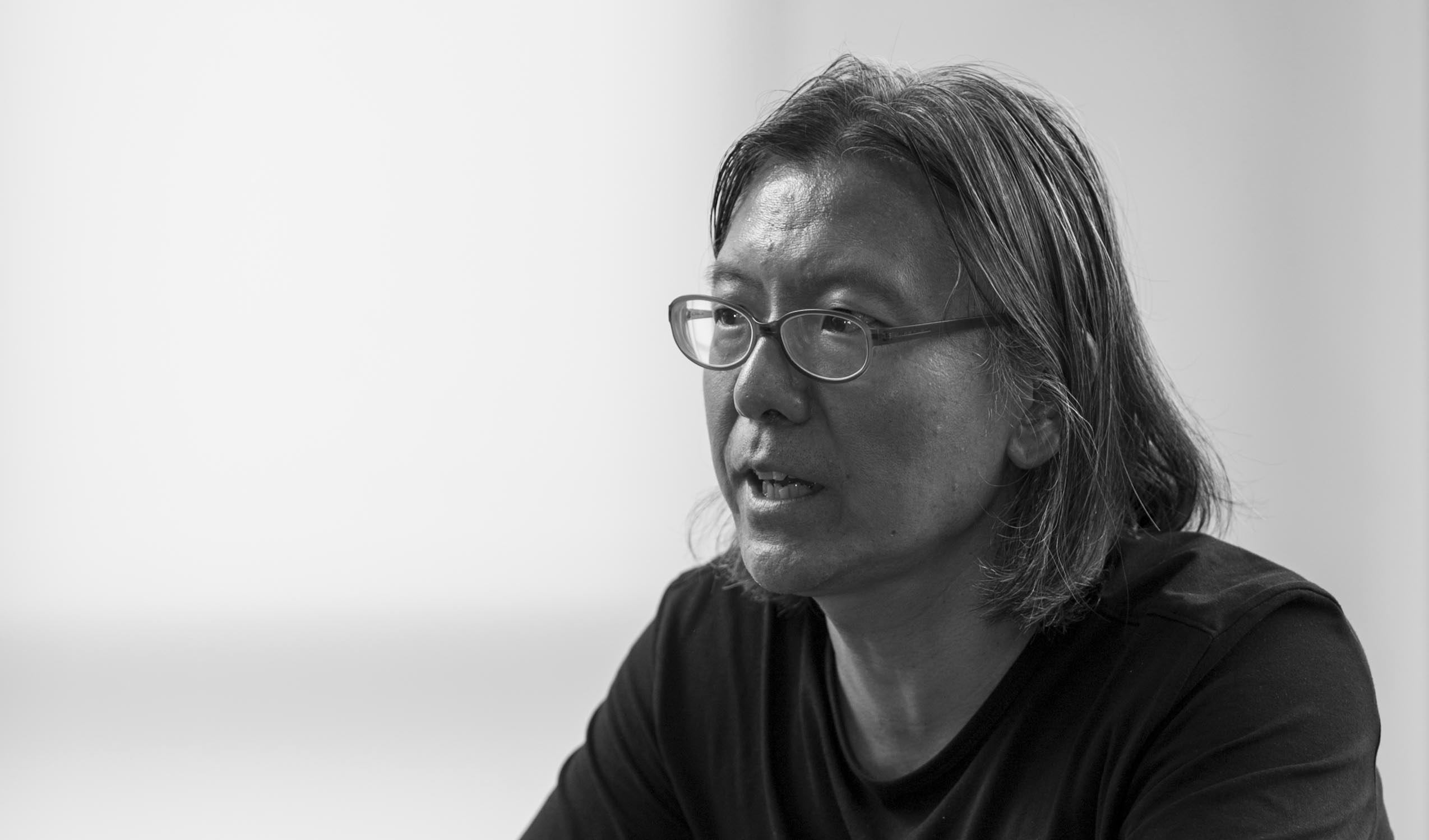
HYUNGMIN PAI
(Seoul, 1961)
Hyungmin Pai is a graduate from the Department of Architecture and the Graduate School of Environmental Studies at Seoul National University. He received his PhD from the History, Theory and Criticism Program at the MIT. Twice a Fulbright Scholar, he is a professor at the University of Seoul. He was a visiting scholar at the MIT and the London Metropolitan University and has been lecturing at Harvard, Cornell and Tongji University.
Hyungmin curated the Korean Pavilion at the 2008 Venice Architecture Biennale, the Kim Swoo Geun exhibition at Aedes Gallery, Berlin (2011), the 4th Gwangju Design Biennale (2011), the Korean Pavilion at the 2014 Venice Architecture Biennale and the “Out of the Ordinary” exhibition showcasing the work of nine prominent young Korean architects at the Cass Bank Gallery / London Metropolitan University (2015).
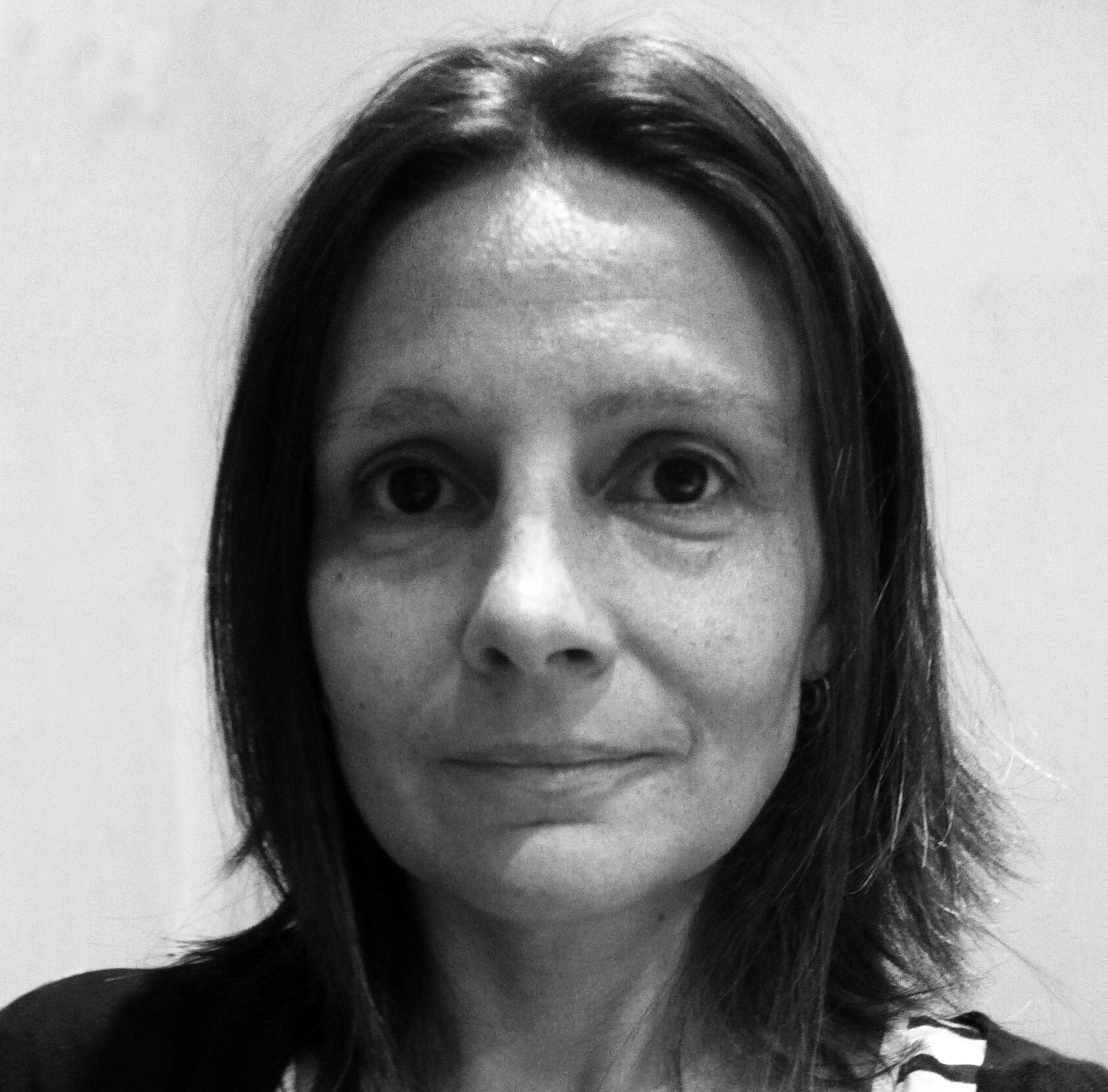
JELENA PROKOPLJEVIĆ
(Belgrade, 1972)
Jelena Prokopljević is an architect with a degree from Belgrade School of Architecture (1998) and a PhD from the Polytechnic University of Catalonia, Barcelona (2006). She is an independent researcher specialized in the history of socialist architecture and relations between architecture and ideological discourse. Prokopljević is presently part of the Research Group of Contemporary History (GReHA – Grup de Recerca en Historia Actual) at the Universitat Autònoma de Barcelona and of the board of experts for the European Prize for Urban Public Space (CCCB, Barcelona).
Prokopljević has published extensively on North Korean architecture. Her work includes among others: “Architecture for the Leader, City for the Masses”, in Hyungmin Pai and Minsuk Cho eds., “Crow’s Eye View: The Korean Peninsula” (catalogue for the Korean exhibition, at the 14th Intl. Venice Biennale of Architecture), (Seul: Archlife, 2014); “Fronteras permeables de la arquitectura de Corea del Norte” (Permeable frontiers of North Korean architecture), Centro de Estudios e Investigación sobre Asia Oriental, Universitat Autònoma de Barcelona, (Inter Asian Papers Nº 30, 2012); “Monuments to the Eternal President. Memorial Architecture in North Korea” in Augustin Ioan ed., “Public Space and Contemporary City Identities”, (Bucharest: Editura Universitara Ion Mincu, 2012).
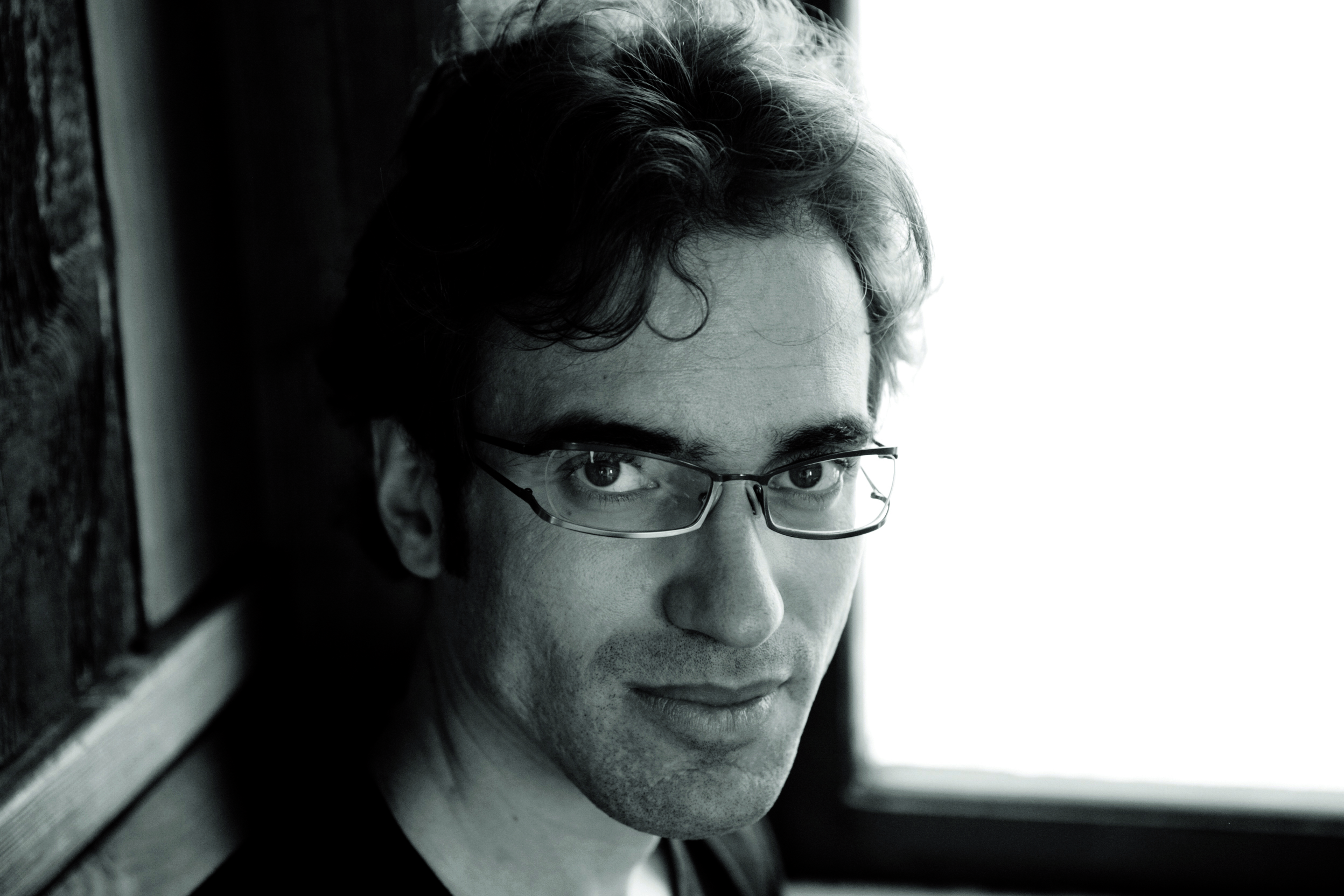
MARC BROSSA
(Barcelona, 1973)
Marc Brossa is a licensed architect from Barcelona, Spain (2000). He studied architecture at the Polytechnic University of Catalunya (Barcelona Tech). During the 2002 – 2003 academic year he served as a La Caixa Fellow at Columbia University’s Graduate School of Architecture, where he received a post-graduate Master of Urban Design (MSAUD). He also holds a Master in Urbanism from the Polytechnic University of Catalunya (Barcelona Tech), where he is currently developing his doctorate.
Marc has extensive experience in urban interventions with firms at the forefront of the landscape and urbanism disciplines such as Jornet-Llop-Pastor in Barcelona, StoSS LU in Boston or Field Operations in NYC, among others. He won a Europan First Prize in Norway in 2006 together with partner Julio Salcedo. Marc has taught in the Urban Design Program at Columbia University and is currently teaching at the University of Seoul. His research explores the typology of mass housing estates in the city as a tool for urban production specific to the period of extreme economic growth known as the ‘Miracle of the Han River‘. The research was part of the Golden Lion Award-winning Korean Pavilion at the the 14th Intl. Venice Biennale of Architecture.
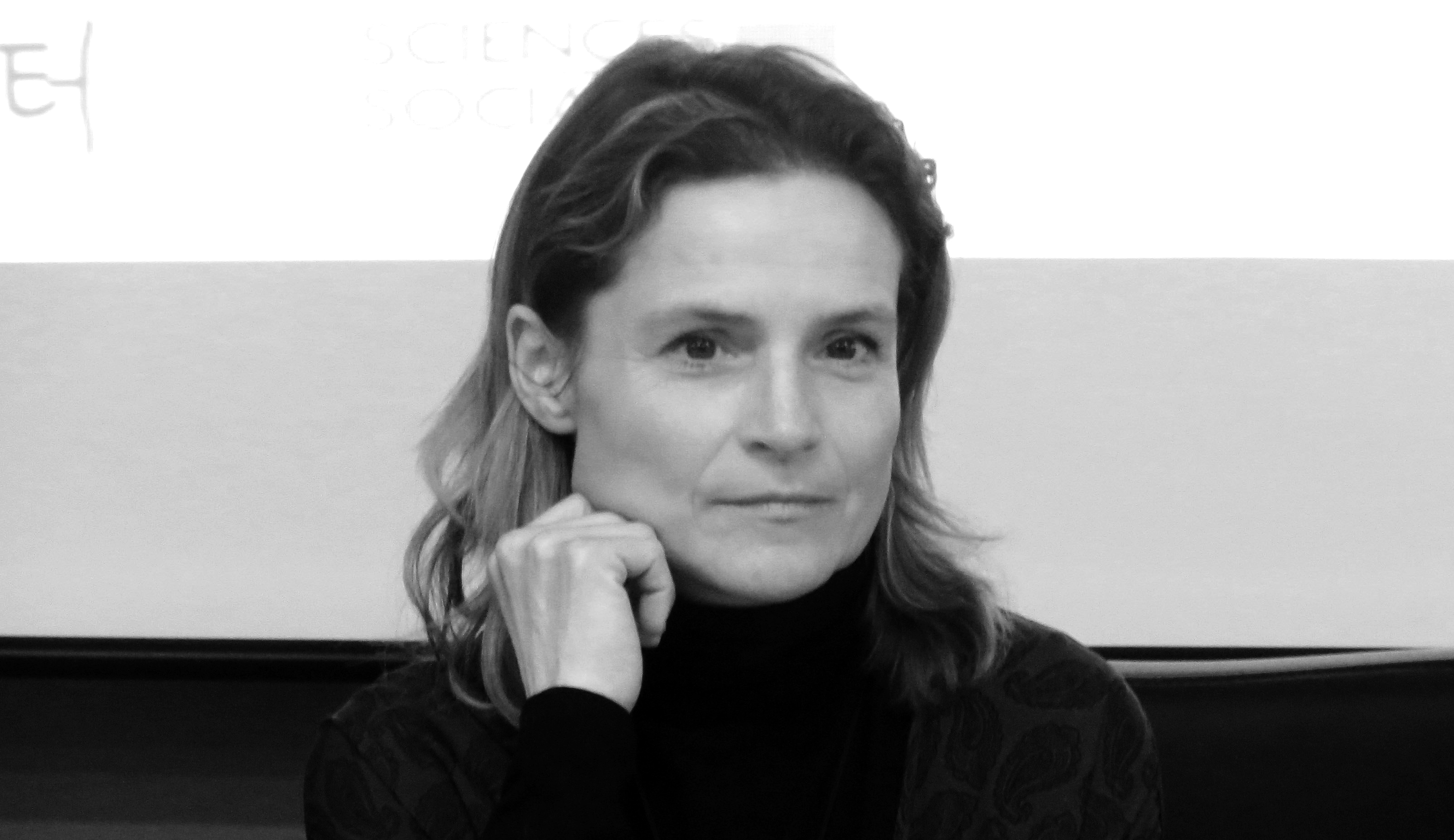
VALÉRIE GELÉZEAU
(Paris, 1967)



